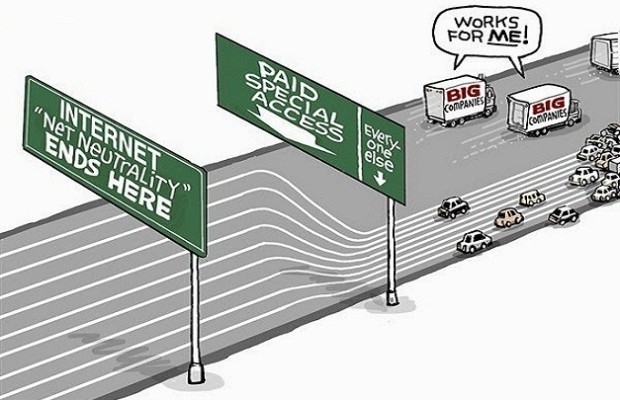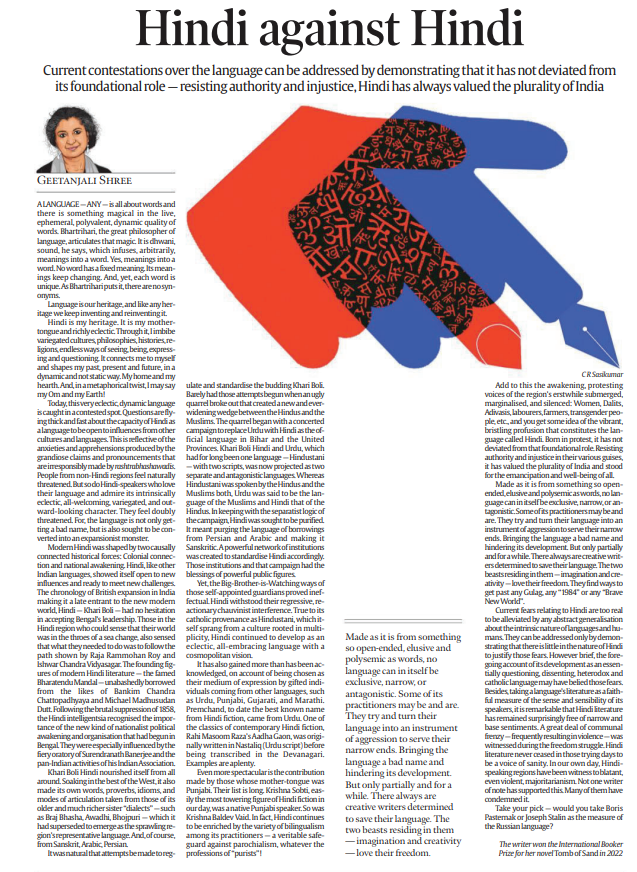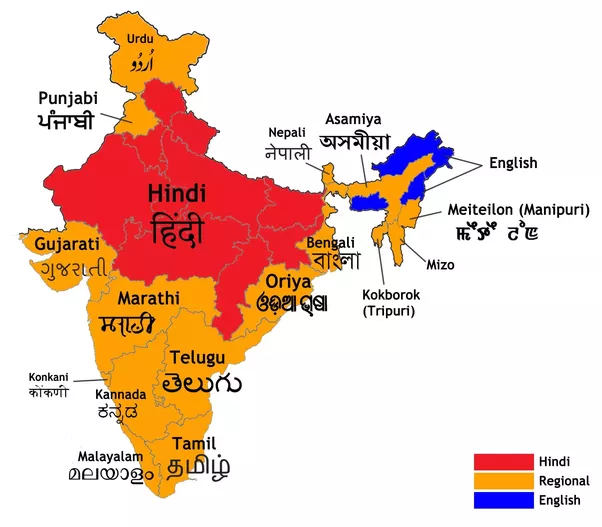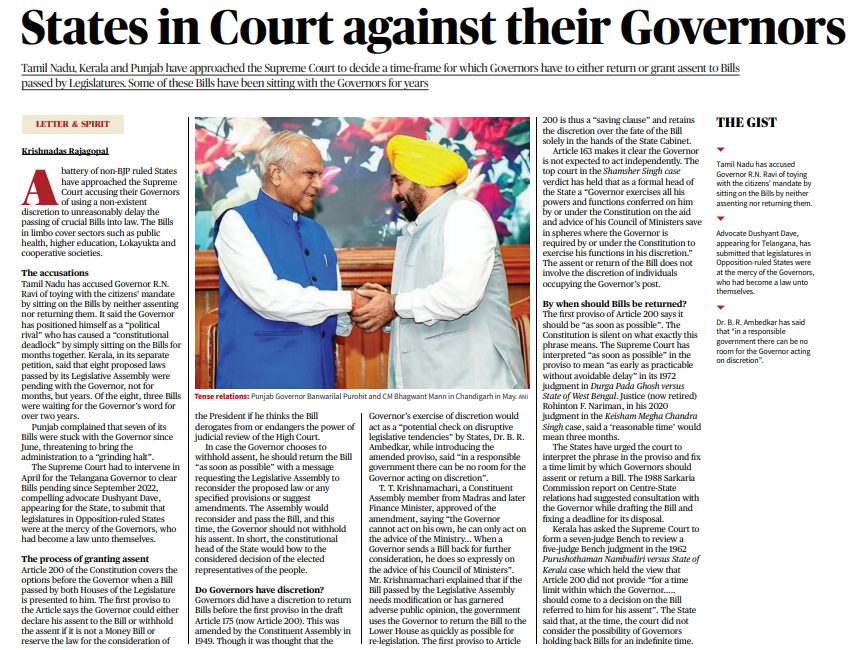Introduction
In July of this year, the Telecom Regulatory Authority of India (TRAI) initiated a consultation on the regulation of Over-The-Top (OTT) services at the request of the government. This move has sparked a contentious debate within the telecommunications industry.
Challenges Faced by Telecom Companies
- Telecom companies in India have faced revenue challenges for over a decade as traditional streams such as voice calls and Short Message Service (SMS) have come under pressure due to the popularity of free OTT services.
- Despite investing heavily in upgrading infrastructure to handle increased data traffic, they haven’t seen equivalent revenue growth.
- Telecom companies also argue that OTT services enjoy preferential tax treatment and do not contribute to licensing fees, creating an uneven playing field.
Flawed Argument: Impact on Net Neutrality
The consultation has reignited telecom companies’ demands for content providers like Netflix, Amazon Prime, and Disney+ Hotstar to share the costs of bandwidth. However, this argument is flawed and raises concerns about net neutrality.
- Telecom companies provide access to the Internet, and consumers pay for data plans.
- OTT platforms generate demand for Internet access and invest in content delivery networks (CDNs).
- Telecom companies benefit from this demand by offering connectivity services and charging subscribers.
- Charging both consumers and content providers sets a dangerous precedent and undermines net neutrality.
Separate Markets for OTT Services and Internet Access
- OTT services and Internet access are distinct markets. Consumers choose their Internet access provider based on factors like bandwidth, data volume, reliability, and price.
- These factors distinguish these markets, and it is logical to maintain a separation of costs between them.
The Toll Plaza Analogy
- Using a toll plaza analogy, if specific vehicles are charged an additional tax due to congestion, it should be the owners who pay, not the manufacturers.
Similarly, if OTT platforms acquiesce to telecom demands, costs will affect subscribers, either through increased fees or degraded service quality.
The Principle of Net Neutrality
Net neutrality is the principle that Internet access providers must treat all Internet traffic equally.
This concept promotes an even playing field, ensuring that data is treated without discrimination by ISPs.
TRAI’s Role in Upholding Net Neutrality
- TRAI’s regulation on discriminatory tariffs for data services in 2016 and comprehensive recommendations in 2017 have guided the adoption of net neutrality in India.
- This has set an example for other countries, with bodies like the Body of European Regulators for Electronic Communications (BEREC) cooperating to promote net neutrality.
Importance of Upholding Net Neutrality
- It is essential for all stakeholders, including policymakers, to understand the long-term consequences of conceding to the demands of telecom companies.
Upholding net neutrality is not only about preserving an open Internet but also vital for fostering innovation, competition, and consumer welfare in a country like India, where the Internet is the carrier of Digital Public Infrastructure (DPI).
The Magic of Language and Its Evolution
- Language is a dynamic, polyvalent, and ever-evolving tool that carries the magic of words, according to philosopher Bhartrihari.
- Words gain their meanings through sound, and these meanings are not fixed; they change over time.
- While languages constantly evolve, each word remains unique, and there are no true synonyms.
Hindi as a Heritage and Dynamic Language
- Hindi is the author’s mother tongue and represents a rich tapestry of cultures, philosophies, histories, and religions.
- Hindi connects the author to their past, present, and future, shaping their identity in a dynamic way.
- The author sees Hindi as a heritage, their home, and a reflection of their cultural identity.
Contested Position of Hindi Today
- Hindi is currently in a contested position due to anxieties surrounding its openness to influences from other languages and cultures.
- The grandiose claims and pronouncements of Hindi supremacists create concerns for non-Hindi regions.
Even Hindi speakers who appreciate its eclectic and all-embracing character feel threatened as it is portrayed as expansionist.
Historical Shaping of Modern Hindi
- Colonial influence and the national awakening played a significant role in shaping modern Hindi.
- Hindi readily accepted the leadership of Bengal, showing its openness to new influences.
- Founding figures of modern Hindi literature borrowed from other languages and cultures.
- Hindi borrowed from dialects like Braj Bhasha, Awadhi, Bhojpuri, as well as from Sanskrit, Arabic, and Persian.
The Separation of Hindi and Urdu
- The attempt to replace Urdu with Hindi as the official language in some regions led to a divisive conflict.
- Hindi and Urdu, previously considered one language (Hindustani), were now projected as separate languages.
- Efforts were made to purify Hindi by removing Persian and Arabic influences and making it more Sanskritic.
Hindi’s Eclectic Nature and Bilingual Contributions
- Hindi continued to develop as an eclectic, all-embracing language, drawing from various cultures and languages.
- It gained from the contributions of those whose mother tongue was not Hindi, such as Urdu, Punjabi, Gujarati, and Marathi speakers.
- Bilingualism among practitioners enriches Hindi and guards against parochialism.
Hindi as a Language of Protest and Emancipation
- Hindi’s development has been shaped by voices of protest from marginalized communities, including women, Dalits, Adivasis, laborers, and farmers.
- It has valued the diversity of India and stood for the emancipation and well-being of all.
- Hindi remains a language born in protest, resistant to authority and injustice.
The Inherent Openness of Languages
- No language, in and of itself, is exclusive or antagonistic; it is the practitioners who may misuse it for narrow ends.
- Creative writers continue to protect their language and preserve its freedom.
- Hindi literature, as a reflection of its speakers’ sense and sensibility, remains free of narrow and base sentiments.
Conclusion: The Role of Literature
- The measure of a language’s nature should be taken from its literature rather than the actions of some individuals.
- Hindi literature has maintained a tradition of questioning, dissenting, and heterodox expression.
It has remained a voice of sanity in times of communal frenzy and majoritarianism.






